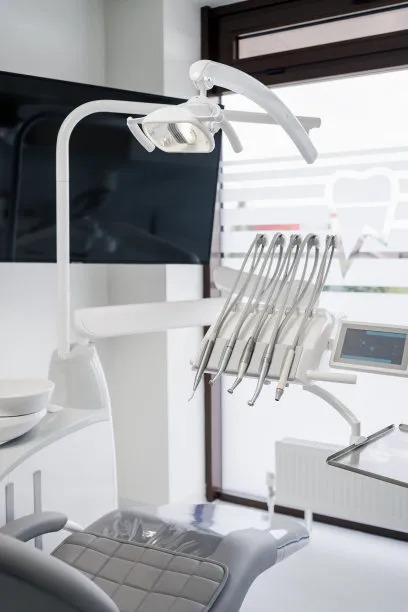Essential Precautions to Follow After Receiving a Dental Filling for Optimal Healing and Comfort
Summary: After receiving a dental filling, following essential precautions is vital for ensuring optimal healing and comfort. This article outlines the key steps patients should take post-treatment, including dietary considerations, pain management, oral hygiene practices, and when to seek professional help. By adhering to these guidelines, individuals can improve their recovery process and minimize discomfort, ensuring their fillings function well in the long term. Each section provides detailed explanations and actionable advice to enhance overall oral health after dental procedures.
1. Dietary Considerations After a Dental Filling

One of the most critical precautions to take after receiving a dental filling is to be mindful of your diet. Immediately following the procedure, it is advisable to avoid consuming hot foods and beverages. The anesthetic used during your dental visit can numb your mouth, making it difficult to gauge the temperature of food, which may result in burns or discomfort. To ensure a smoother recovery, opt for lukewarm or cool foods during this sensitive period.
Additionally, sticky and hard foods should be avoided for at least 24 hours post-filling. Foods like caramel, chewing gum, or hard candies can put undue pressure on the newly placed filling as it sets. Instead, choose softer options, such as yogurt, mashed potatoes, or smoothies, which are gentler on your teeth and can assist with overall comfort while healing.
Hydration is also important, but consider the type of drinks you consume. Sugary or acidic beverages can lead to irritation and potentially harm surrounding tissues. Water is the best choice to stay hydrated and aid your recovery without introducing any unnecessary complications to your oral health.
2. Effective Pain Management Techniques
Pain management is another essential aspect to consider after receiving a dental filling. It is common to experience some tenderness or pain in the treated area as the anesthesia wears off. Over-the-counter pain relief medications, such as ibuprofen or acetaminophen, can help alleviate discomfort. However, it is crucial to follow the recommended dosage on the packaging or consult your dentist for personalized advice.
If you find that the pain persists or intensifies beyond the expected period, ice packs can be a useful remedy. Applying a cold compress to the outside of your cheek can reduce swelling and provide significant pain relief. Make sure to limit the application to 15-20 minutes intervals to avoid skin irritation.
Moreover, practicing relaxation techniques, such as deep breathing or meditation, can also help manage discomfort. Stress can heighten the perception of pain, so taking a few moments to unwind can contribute positively to your recovery experience.
3. Maintaining Oral Hygiene After Treatment
After any dental procedure, maintaining oral hygiene is imperative for optimal healing. However, it is advisable to refrain from brushing the filling site for the first 24 hours. This allows the filling material to set properly without disruption. When you resume brushing, use a soft-bristled toothbrush and gentle strokes to remove plaque while being cautious around the newly filled tooth.
Flossing is equally important but also requires a gentle approach following a dental filling. Avoid aggressive movements when cleaning around the filling, as this can cause dislodging or discomfort. Consider using waxed dental floss, as it glides more smoothly and can help minimize irritation to sensitive areas.
In addition to brushing and flossing, using an antibacterial mouthwash can aid in keeping your mouth free from harmful bacteria. This step is vital in preventing infections and promoting overall oral hygiene as you recover from your dental procedure.
4. Knowing When to Seek Professional Help
Even with the best precautions, there may be instances where you need to seek professional help after a dental filling. If you experience severe pain that does not subside with over-the-counter medications, this may be a sign of complications such as an allergic reaction to materials used, or an injury to the nerve.
Swelling or redness around the filling site may indicate an infection, requiring immediate attention. It’s essential to monitor these signs closely during the recovery process, as untreated infections can lead to more severe dental issues.
Furthermore, if you notice that the filling feels unusually high or out of place when biting down, it’s essential to return to your dentist for an adjustment. Properly fitted fillings are crucial for maintaining your dental function and preventing additional discomfort.
Summary:
In summary, following these essential precautions after receiving a dental filling can significantly enhance your healing process and personal comfort. By monitoring your diet, effectively managing pain, maintaining oral hygiene, and recognizing signs that warrant professional attention, you can ensure a successful recovery. Taking these steps seriously leads to better long-term outcomes for your oral health.
This article is compiled by Vickong Dental and the content is for reference only.



